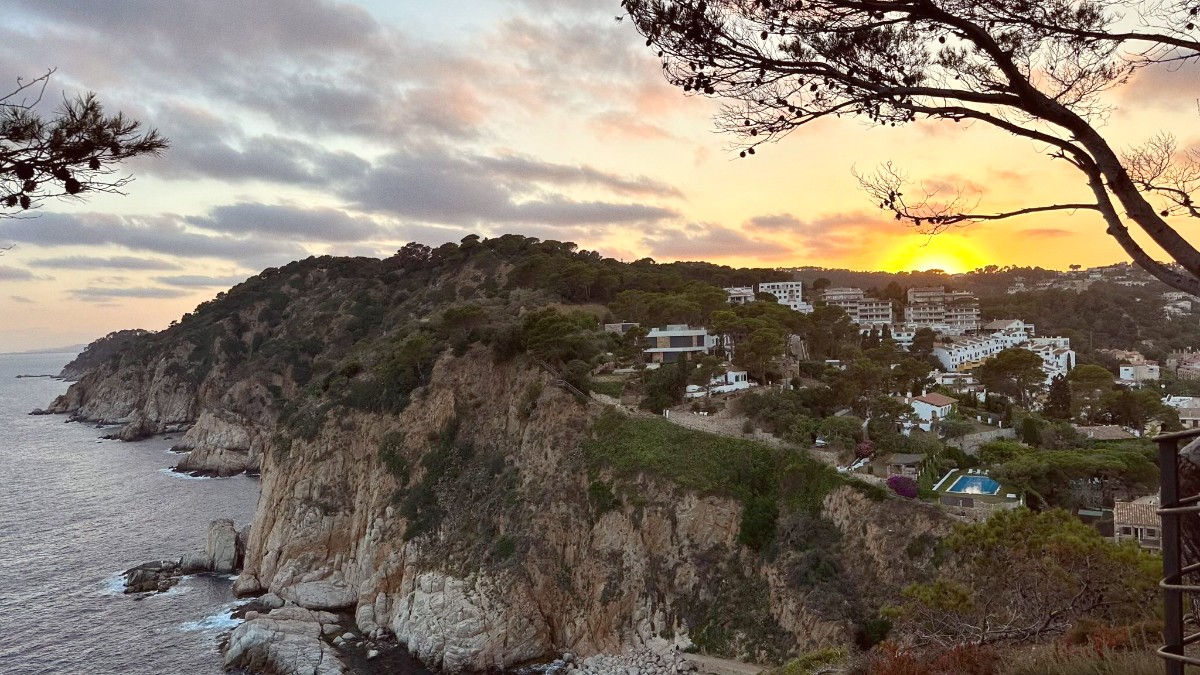
Spain
Buses are the main mode of public transport for inter-town travel within the Costa Brava. Sagalés and Sarfa (Moventis) are the main operators. These companies connect coastal towns, inland villages, and major cities like Girona and Barcelona.
Train services are limited within the Costa Brava itself. They mainly serve the southernmost towns, like Blanes, with connections to Barcelona. Girona city connects to Barcelona and other parts of Spain by high-speed rail, but direct coastal train lines are less extensive.
Major bus stations are found in Girona, Lloret de Mar, Blanes, Palafrugell, Roses, and Cadaqués. These stations serve as central points for connecting routes.
Blanes and Massanet-Massanes serve as hubs for regional trains connecting to Barcelona. Girona is the main hub for high-speed trains.
Purchase single tickets directly from the bus driver. For this, having exact change or small notes is helpful. At train stations, tickets are from machines or counters. Multi-journey/Integrated Tickets (ATM Girona) offer savings.
Newer buses offer wheelchair accessibility with ramps. Older models may not.
Major train stations are usually accessible, but rural stations may have limited facilities.
If accessibility is a concern, contact the transport provider in advance.
Download bus company apps or use Google Maps for up-to-date info. Purchase tickets in advance for long-distance journeys.
Taxis and ride-sharing services present convenient, direct transport options, especially for shorter distances or when public transport is not available.
Ride-sharing app availability can vary. More common in larger cities like Girona.
While many taxis accept cards, always confirm with the driver before starting a trip.
During peak hours or late at night, demand for taxis can be high, potentially raising fares.
Options include cars, motorcycles, and bicycles, offering flexibility for exploration.
Drive on the right side of the road. Seatbelts are mandatory for all occupants. Mobile phone use is prohibited unless hands-free.
Speed limits: 120 km/h motorways, 90 km/h national, 50 km/h urban.
Roads are generally in good condition. Coastal roads can be narrow, winding, and busy, especially during summer.
AP-7 is a toll motorway, N-II is a free parallel road.
Parking can be challenging and expensive in popular coastal towns, especially in high season. Look for blue (paid) or green (resident/paid) zones.
White lines indicate free parking. Underground car parks are available.
Exploring the Costa Brava on foot or by bicycle offers intimate connections with its landscapes and villages.
Dedicated cycling paths, known as "vies verdes," exist on former railway lines.
Road cycling is popular in the Empordà region, where traffic is often lighter.
Always wear a helmet. Be aware of traffic on shared roads, especially narrow coastal ones.
Beyond standard options, the Costa Brava offers unique ways to experience its beauty, specifically along the coast.
The Costa Brava does not feature cable cars or funiculars. Its transportation network focuses more on road and water-based options.
Efforts are underway to improve accessibility, notably in larger towns and at some beaches.
Check specific venue accessibility in advance of your visit for a comfortable experience.
Always check current schedules for public transport. They vary by season and route.
Local tourist information offices provide current details and maps.